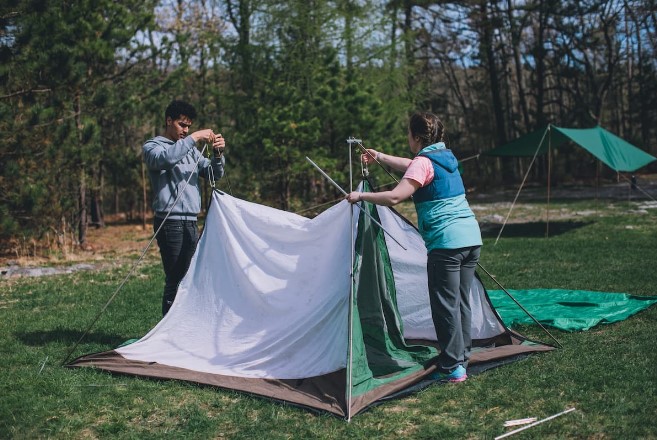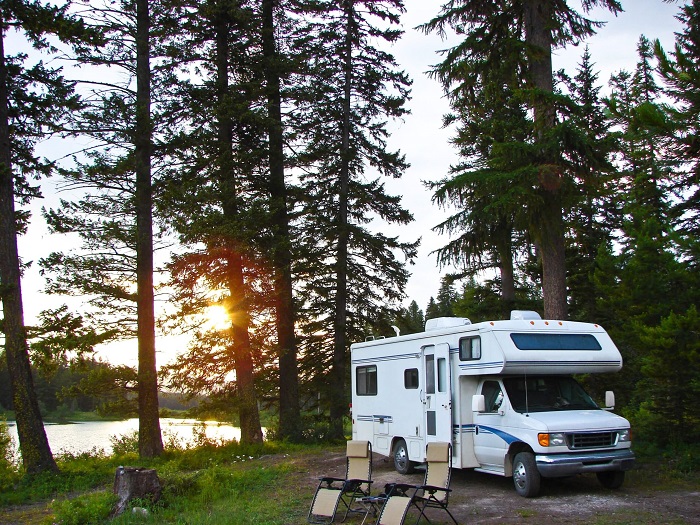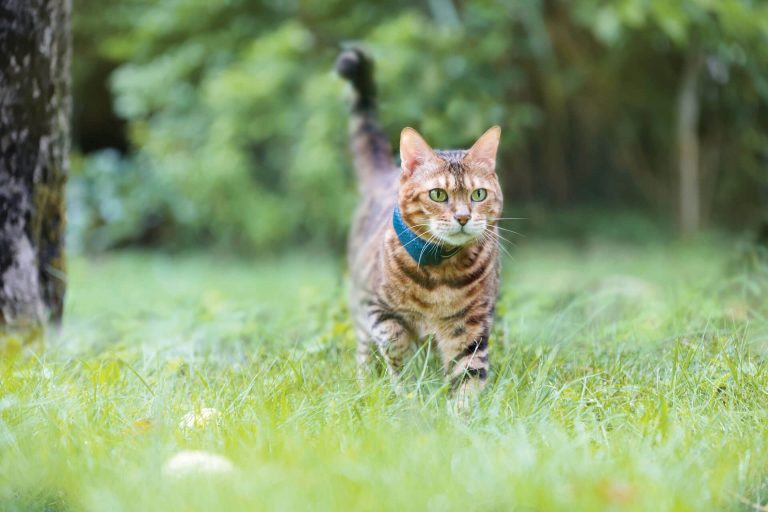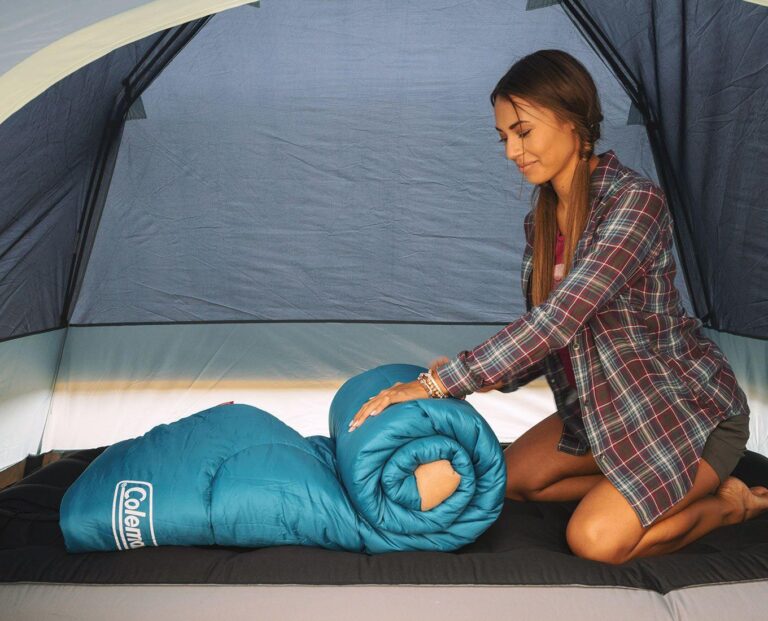How to Prevent Condensation in Tent: 8 Effective Ways
As outdoor enthusiasts, we all love spending time in nature, but waking up to a tent full of condensation can quickly put a damper on our camping experience. The good news is that there are several steps you can take to prevent condensation in your tent while backpacking.
So, without further ado, let’s jump right into how to prevent condensation in tent through eight of the most effective solutions, ensuring a comfortable and enjoyable camping trip.
Table of Contents
1. Choose Your Campsite Wisely
The location of your campsite plays a crucial role in determining the likelihood of condensation formation inside your tent. When selecting a spot for your tent, consider the following factors:
- Avoid low-lying areas: Cold air tends to pool in dips in the landscape, increasing the chances of condensation. Camp on slightly higher ground to maintain a balance in temperatures inside and outside your tent.
- Stay away from bodies of water: While camping near streams, lakes, and ponds may seem idyllic, these areas have higher humidity levels, leading to increased condensation. Choose a camping spot further away from water sources.
- Pitch your tent under a stand of trees: Camping in a forested area provides better insulation and helps trap warmer air, reducing the likelihood of condensation. The trees act as a natural barrier, preventing rapid temperature fluctuations.
2. Properly Pitch Your Tent
The way you set up your tent can also impact condensation levels. Follow these tips to ensure a proper pitch:
- Tighten the rainfly: Make sure the rainfly is taut and securely attached to your tent. This helps create a gap between the rainfly and the inner wall, allowing for better air circulation.
- Use guy lines: Utilize the guy lines provided with your tent to create additional tension and stability. Properly tensioned guy lines help maintain the shape of the tent, reducing the chances of the walls touching and promoting better airflow.
3. Ensure Adequate Ventilation at All Times
Proper ventilation is key to minimizing condensation inside your tent. Follow these tips to maximize airflow:
- Open all vents and windows: Unzip and open all vents, windows, and doors to allow fresh air to circulate freely. This helps remove excess moisture from inside the tent.
- Position the tent door strategically: Align the tent door with the direction of the wind to encourage a breeze to flow through the tent. This promotes natural ventilation and helps reduce condensation.
- Consider a tent with built-in ventilation features: Some tents are specifically designed to enhance airflow and reduce condensation. Look for tents with mesh panels, multiple vents, or innovative ventilation systems for optimal airflow.
4. Keep Wet Gear Outside Your Tent
Drying wet gear inside your tent may seem convenient, but it significantly increases humidity levels, leading to condensation. Follow these guidelines to keep your tent dry:
- Designate a gear storage area: Set up a separate area outside your tent to dry wet gear. Hang clothes and shoes on a clothesline or lay them out on a tarp. This prevents excess moisture from permeating the tent.
- Use waterproof stuff sacks: Store wet gear in waterproof stuff sacks to prevent any residual moisture from seeping into your tent. Keeping wet items separate from the rest of your gear helps maintain a dry and condensation-free environment.
- Bring extra clothing: Pack extra clothing to ensure you have dry garments to change into, even if your gear gets wet. Having a fresh set of clothes can make a significant difference in your comfort level while camping. Also, read how to wash clothes while camping
To learn more about keeping your gear dry and organized, watch this video: Tips for Organizing and Drying Gear
5. Utilize the Rainfly Properly
The rainfly is a vital component of your tent’s protection against the elements and will also make an appearance on the topic of how to prevent condensation in tent. Follow these tips to ensure its proper use:
- Keep the rainfly on during inclement weather: In rainy or humid conditions, always keep the rainfly securely attached to your tent. This provides an additional layer of protection and helps prevent moisture from seeping through the tent fabric.
- Remove the rainfly in dry weather: During clear and dry conditions, consider removing the rainfly to promote better airflow. This allows for increased ventilation and reduces the chances of condensation forming inside the tent.
For a visual demonstration on how to properly utilize a rainfly, watch this video: Rainfly Setup and Removal
6. Insulate the Tent Floor
Cold ground can contribute to condensation inside your tent. Insulating the tent floor helps create a barrier and minimizes temperature differentials. Consider the following options:
- Use a footprint or groundsheet: Place a footprint or groundsheet under your tent to provide an extra layer of insulation. This helps prevent moisture from rising through the ground and into your tent.
- Add a foam or inflatable sleeping pad: Sleeping pads not only enhance comfort but also act as insulation between your body and the cold ground. They can help reduce condensation by minimizing temperature differentials.
7. Minimize Contact with Tent Walls
Direct contact with tent walls can lead to condensation transfer and damp sleeping conditions. Follow these tips to minimize contact:
- Use gear loft or pockets: Utilize gear lofts or pockets inside your tent to store personal items. Keeping gear off the tent floor and away from the walls helps maintain airflow and reduces the chances of condensation buildup.
- Avoid touching the tent walls: While sleeping, try to avoid touching the tent walls. Use the full dimensions of your sleeping pad and position yourself away from the tent walls to minimize contact.
8. Dry Your Tent Thoroughly
Properly drying your tent after use is essential for preventing mold and mildew growth. Follow these steps to ensure your tent is thoroughly dry:
- Wipe down the tent: Use a clean towel or cloth to wipe down the interior and exterior of the tent, removing any excess moisture.
- Separate the rainfly and inner tent: If your tent has separate components, detach the rainfly from the inner tent and pack them separately. The rainfly is usually wetter and requires more time to dry.
- Air dry in a well-ventilated area: Hang the tent components or lay them out to air dry in a well-ventilated area, preferably under the shade. Avoid direct sunlight, as it can degrade the tent fabric.
For more detailed information on tent care and maintenance, watch this video: Proper Tent Care and Cleaning
How to Prevent Condensation in Tent: Concluding Remarks
Condensation can be a nuisance during camping trips, but by following these 10 effective ways to prevent condensation in your tent, you can significantly reduce moisture buildup and enjoy a comfortable camping experience. With these measures in place, you can minimize condensation and make the most of your outdoor adventures.
That was everything on how to prevent condensation in tent. Stay cozy and dry during your outdoor adventures.

Meet Sarah, a passionate traveler and camping enthusiast who loves to explore the great outdoors. With years of exploring, she has become an expert in testing and reviewing the best tents on the market which got her to start mytravelingtents.com. Her insightful reviews provide valuable information to fellow adventurers looking for the perfect tent for their next camping trip.






